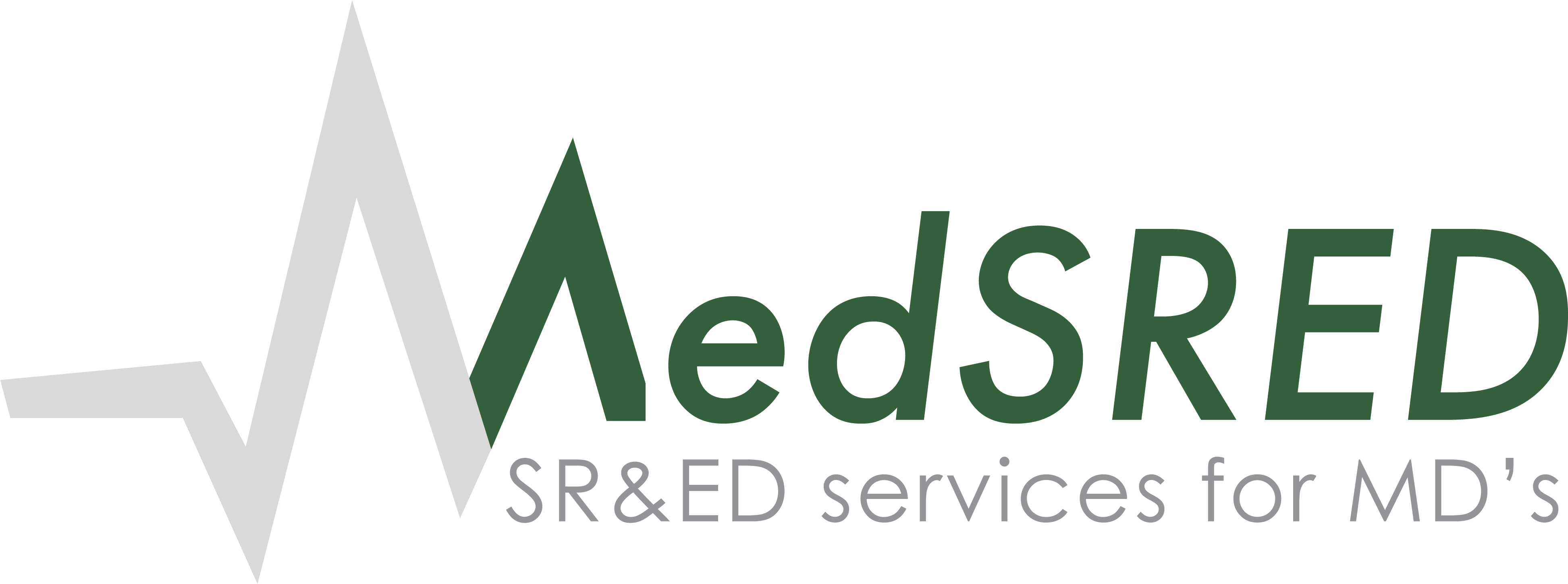
The Scientific Research and Experimental Development (SR&ED) program is a federal initiative designed to encourage Canadian businesses—including medical practices—to invest in research and development (R&D). For physicians and healthcare specialists, this means financial support for enhancing diagnostic tools, refining treatment protocols, and improving patient outcomes. Notably, SR&ED claims can be made retroactively, allowing practitioners to recover costs from previous years and optimize returns on innovation-driven efforts.
Understanding SR&ED Eligibility for Healthcare Professionals
To qualify for SR&ED, your work must meet three essential criteria:
-
Scientific uncertainty that requires resolution
-
A systematic investigative process
-
Advancement to knowledge in the respective field
According to the Canada Revenue Agency (CRA), a valid SR&ED project involves a targeted and methodical approach—such as forming a hypothesis, conducting controlled experimentation, and analyzing results. For healthcare professionals, this may include testing new clinical protocols, developing proprietary software, or exploring data in novel ways.
Eligible projects include—but are not limited to—clinical trials, software or device development, surgical technique innovation, retrospective cohort studies, and systematic reviews with meta-analysis. To help you assess your own eligibility, here are some key considerations:
1. Is Your Practice Incorporated?
Why It Matters:
Incorporated practices—designated as Canadian-Controlled Private Corporations (CCPCs)—are entitled to enhanced SR&ED benefits. These include refundable tax credits of up to 35% on qualifying expenditures. By contrast, unincorporated individuals receive a non-refundable tax credit of 15%.
Action Step:
If your practice is not yet incorporated, it is advisable to consult with a financial advisor. Structuring as a CCPC can improve tax efficiency and unlock substantial research and development benefits.
2. Do You Have a Medical Specialty?
Why It Matters:
Specialists are often at the forefront of innovation. Whether in neurology, cardiology, oncology, or another domain, specialized research tends to contribute significantly to technological and clinical advancement.
Action Step:
Document the distinctive elements of your specialty that contribute to problem-solving or novel approaches in healthcare. Supporting materials such as experiment logs or case studies can strengthen your SR&ED submission.
3. Are You Actively Conducting Research?
Why It Matters:
The SR&ED program supports research activities aimed at resolving scientific uncertainty, even if the final outcome is not successful. This includes basic and applied research, exploratory studies, and experimental development.
Action Step:
Maintain comprehensive records for each project, including objectives, hypotheses, research design, data, and results. Detailed documentation reinforces the integrity of your claim and supports future planning.
4. Is Your Work Published?
Why It Matters:
Publications demonstrate that your work contributes to the broader scientific community. This aligns with SR&ED’s requirement to advance knowledge within a given field.
Action Step:
Submit findings to peer-reviewed journals and relevant conferences. Keep a curated collection of published articles, abstracts, and peer feedback to strengthen your application. If your work is not published, that is okay! As long as you can demonstrate a scientific uncertainty and advancement in your field, you may still qualify.
5. Do You Document Your Research?
Why It Matters:
Complete and organized documentation is essential to substantiate an SR&ED claim. It validates your research process, supports claims of technological or scientific advancement, and satisfies CRA audit requirements.
Action Step:
Establish a documentation protocol at the outset of each project. Include research plans, experiments, raw data, evaluations, and final conclusions. Consider using digital project management tools to streamline the process.
Maximizing Your SR&ED Refund
Successfully accessing SR&ED credits requires strategic preparation. Your estimated refund is primarily based on your salary and the proportion of time spent on eligible research.
For instance:
-
A physician earning $150,000 and dedicating 30% of their time to research may receive a refund of approximately $29,475.
-
A physician with a $200,000 salary, spending the same proportion of time, may receive around $39,300.
These examples highlight the potential of SR&ED to enhance the financial sustainability of innovation within a medical practice.
MedSRED: Your Partner in Medical Research Incentives
MedSRED specializes in guiding healthcare professionals through the SR&ED process. From identifying qualifying research activities to preparing the required technical documentation, our team ensures your claim is optimized and compliant.
Our expertise is tailored specifically to the medical field, allowing us to support physicians in securing valuable tax credits while advancing clinical innovation.
Explore Your SR&ED Potential Today
The SR&ED program represents a powerful opportunity for Canadian medical professionals. With a well-structured approach and expert guidance, your research can translate into significant financial rewards and ongoing advancement in patient care.
Contact MedSRED for a Free Consultation
Schedule a consultation to explore how the SR&ED program can benefit your medical research. Our specialists will help assess your eligibility and guide you in building a strong, well-documented claim.
Please note: The CRA typically processes SR&ED claims within 60 days, with refunds issued in up to 180 days. These timelines should be factored into your practice’s financial planning.

